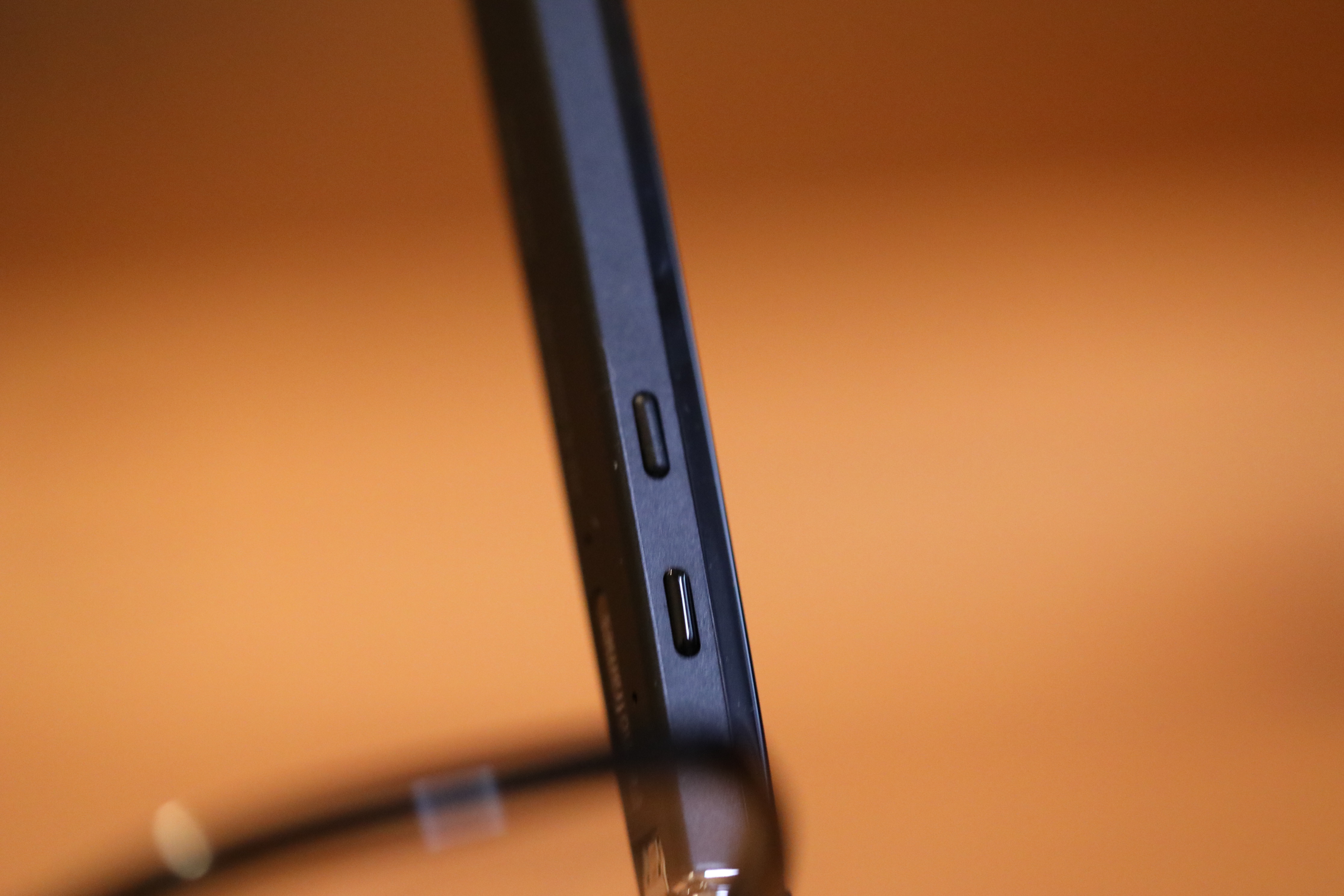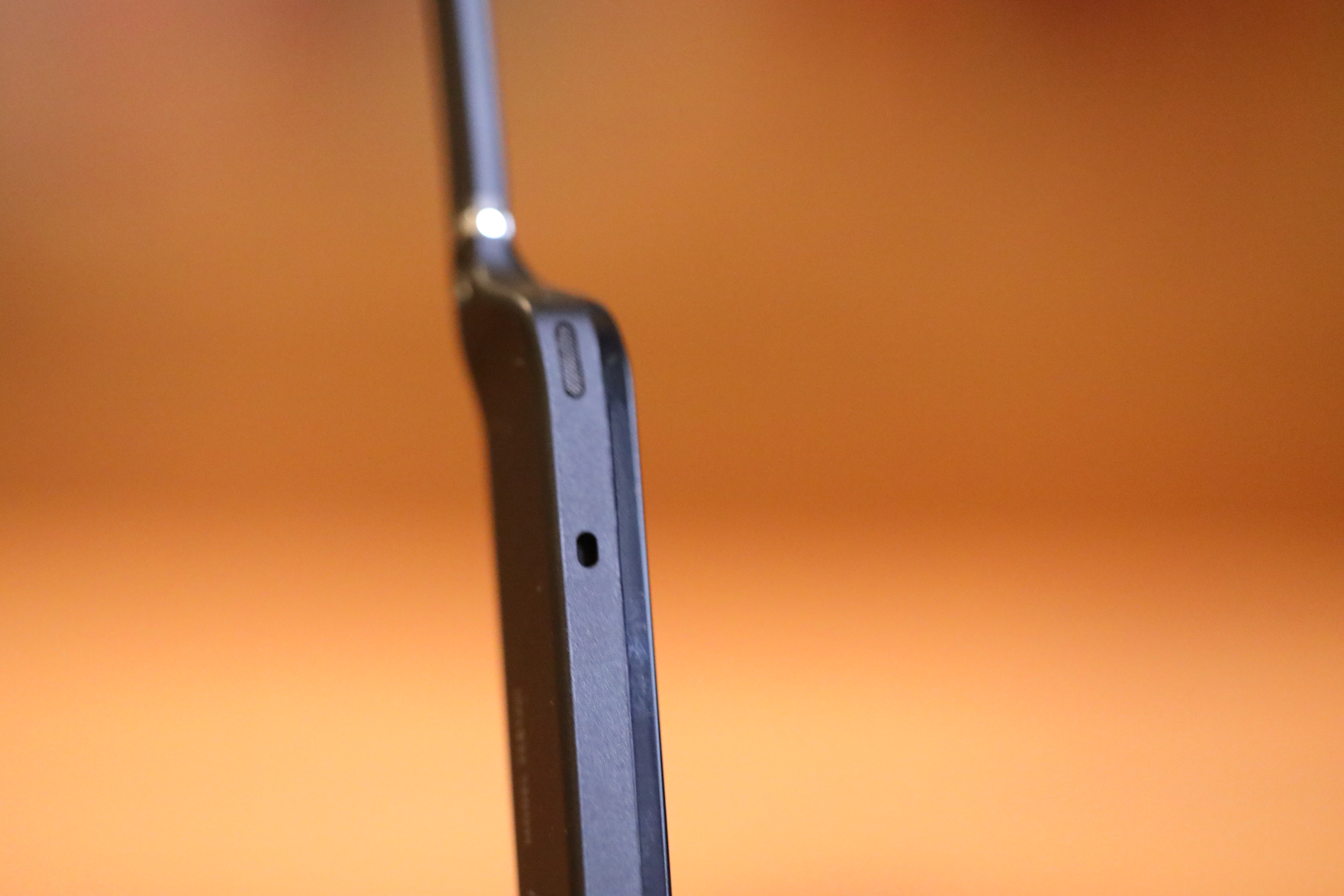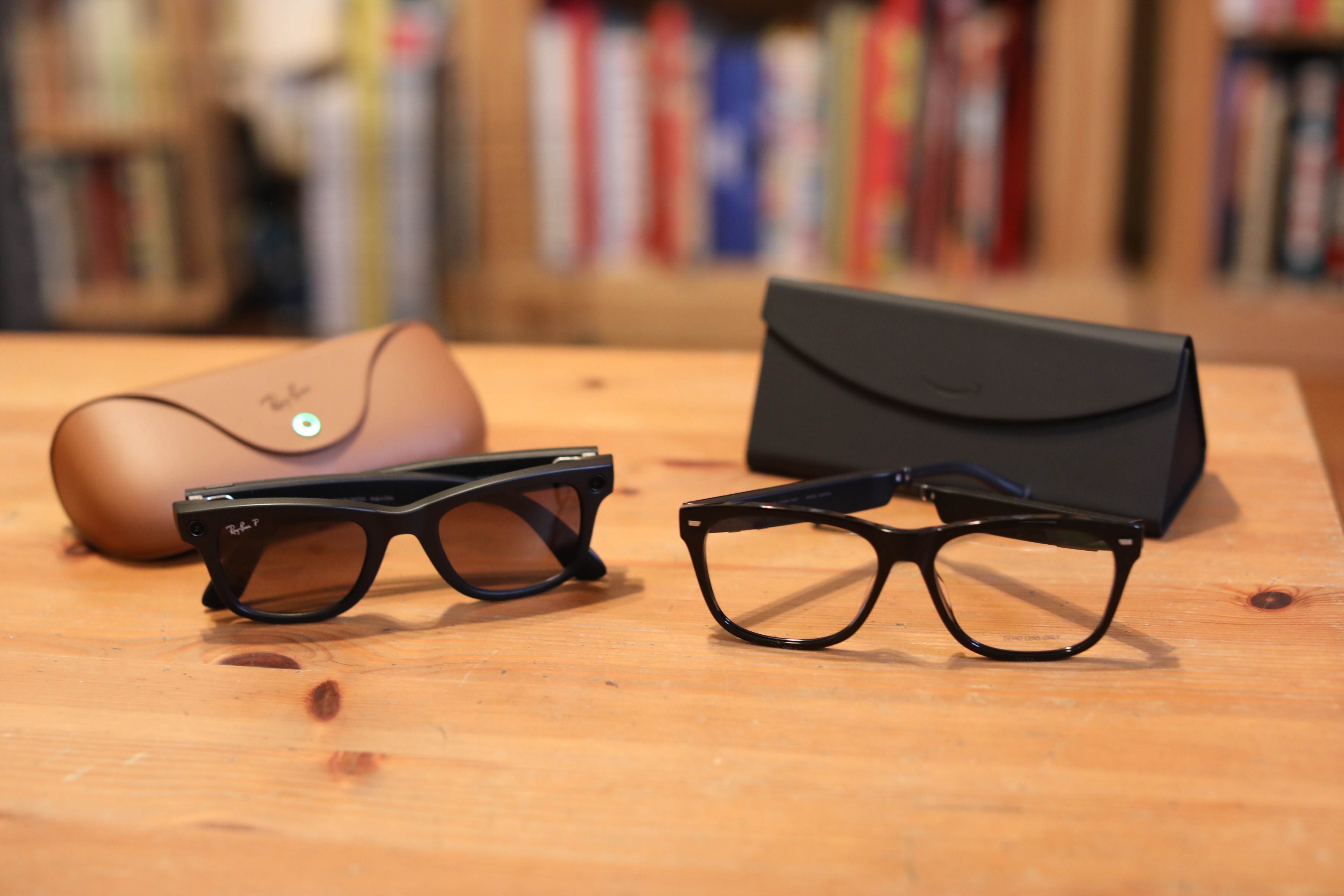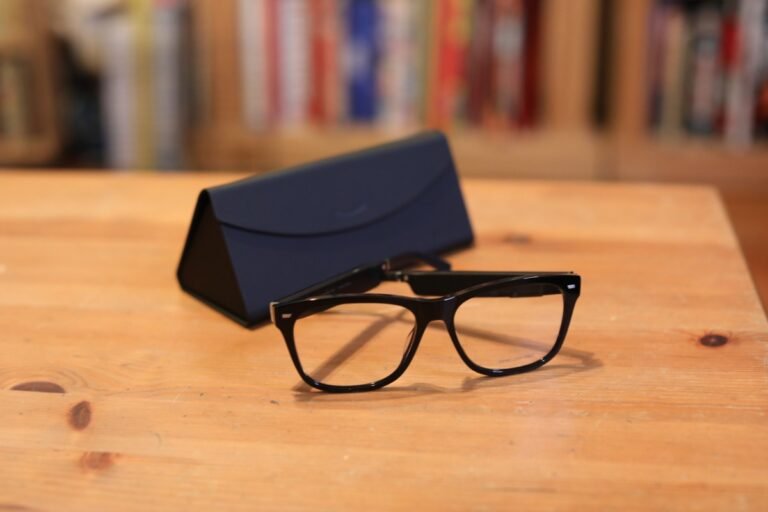This April was marked the 10u anniversary of the release of the first generation of Glass by Google. It may be hard to believe with a decade of hindsight, but the limited edition “Explorer’s Edition” were coveted items. For a while, at least, they felt like the future.
The last 10 years of smart glasses, however, have been an extremely mixed bag. There have been more failures than successes, and it seems we are still years away from reaching any kind of consensus on form and functionality.
Google Glass never reached the kind of critical mass needed to launch a commercial product, though the company seems content to breathe new life into it every couple of years.
AR’s success, meanwhile, has largely been limited to smartphone screens — though not for lack of trying. Magic Leap, Microsoft, and Meta have released AR products with varying degrees of success, and next year’s launch of Apple’s Vision Pro is sure to move the needle on…something. But technical limitations have limited these solutions to significantly larger form factors.
Shrinking this kind of technology down to normal sized glasses is a nice goal, but it’s a long way off. Tellingly, two head-worn devices were released at Meta’s recent hardware event. The first was the Quest 3, a VR headset that offers an AR experience thanks to passthrough technology. The other, the Ray-Ban Meta, doesn’t pretend to offer augmented reality, but manages to fit things into the standard goggle form factor.
Image Credits: Brian Heater
Like the Snapchat Spectacles before them, the Ray-Ban Meta is all about capturing content. A camera built into the frame allows the user to quickly shoot video and live stream for social media. When it comes to content consumption, speakers are built into the temples, directing music or podcast audio to the wearer’s ear.
Unlike Ray-Bans, however, Amazon’s Echo Frames 3 don’t record video (you can practically hear the collective sigh of relief from privacy advocates around the world). However, they offer a similar sound setup. The speakers are located in the temples, just in front of the temple tips. The company opted for no bone conduction here, which is probably for the best (though neat, the technology is generally passable at best).
Unlike most headphones and earphones, they do not cover the entrance of the ear canal. This is great for situational awareness and less than great for immersive audio. If you want to stay focused on the world around you while walking down the street or cycling while listening to music, it’s not a bad choice.


Image Credits: Brian Heater
Given their proximity to the ear, they are very loud, and due to their directional nature, they are difficult to hear if you are not wearing them (although they are not completely silent to others). The actual sound quality, on the other hand, leaves a lot to be desired. They’re into music, but I’d rather not rely on them as a daily driver of any kind.
As their name suggests, however, the real centerpiece here is the Echo functionality. Frames are another form factor for calling Alexa. This makes a lot of sense on the face of it, a hands-free voice assistant that you can take anywhere your phone has a decent connection. You can play/pause, make calls and set reminders, for starters — everything you can do on a pair of headphones with a connected voice assistant.


Image Credits: Brian Heater
There are five different styles: black square, black rectangle, blue round, brown cat eye and gray rectangle. Amazon sent the first one, which looks like the average pair of Buddy Holly/Elvis Costello glasses, albeit with a plastic design and larger temples, due to the electronics contained inside. They fit me well enough, and while they’re not exactly what I would have stood out in, say, Warby Parker, I don’t feel embarrassed wearing them in public.
You can further customize the frames with prescription lenses, blue light filtering, or purchase sunglasses. Definitely all nice options.
Battery life is quoted at 14 hours of “moderate” use. With a typical amount of music listening, you should be able to get through a day on a single charge. This is especially nice considering the charging dock is large and awkward compared to the glasses themselves. Included in the package are charging instructions (along with some brief braille instructions — a nice touch on the accessibility front), which are necessary as the design isn’t intuitive.


Image Credits: Brian Heater
You fold the glasses and face the lenses upwards, so the charging points on the temples come into contact with the charger. It’s a far cry from the ultra-convenient and well-designed Ray-Ban Meta charging case. Amazon’s case, on the other hand, is collapsible. It’s not pretty, but there’s definitely an added convenience to being able to fold it flat while wearing the glasses.
My feelings about the latest Echo Frames might have been different if I hadn’t recently tried the Ray-Ban Meta. At $270, it’s $30 cheaper than the Meta glasses. If you’re trying to decide between the two, I’d say bite the bullet and spend the extra $30. Of course, it’s also worth considering that — as I write this — Amazon is currently offering the new Echo Frames for $200 at a deep discount.
